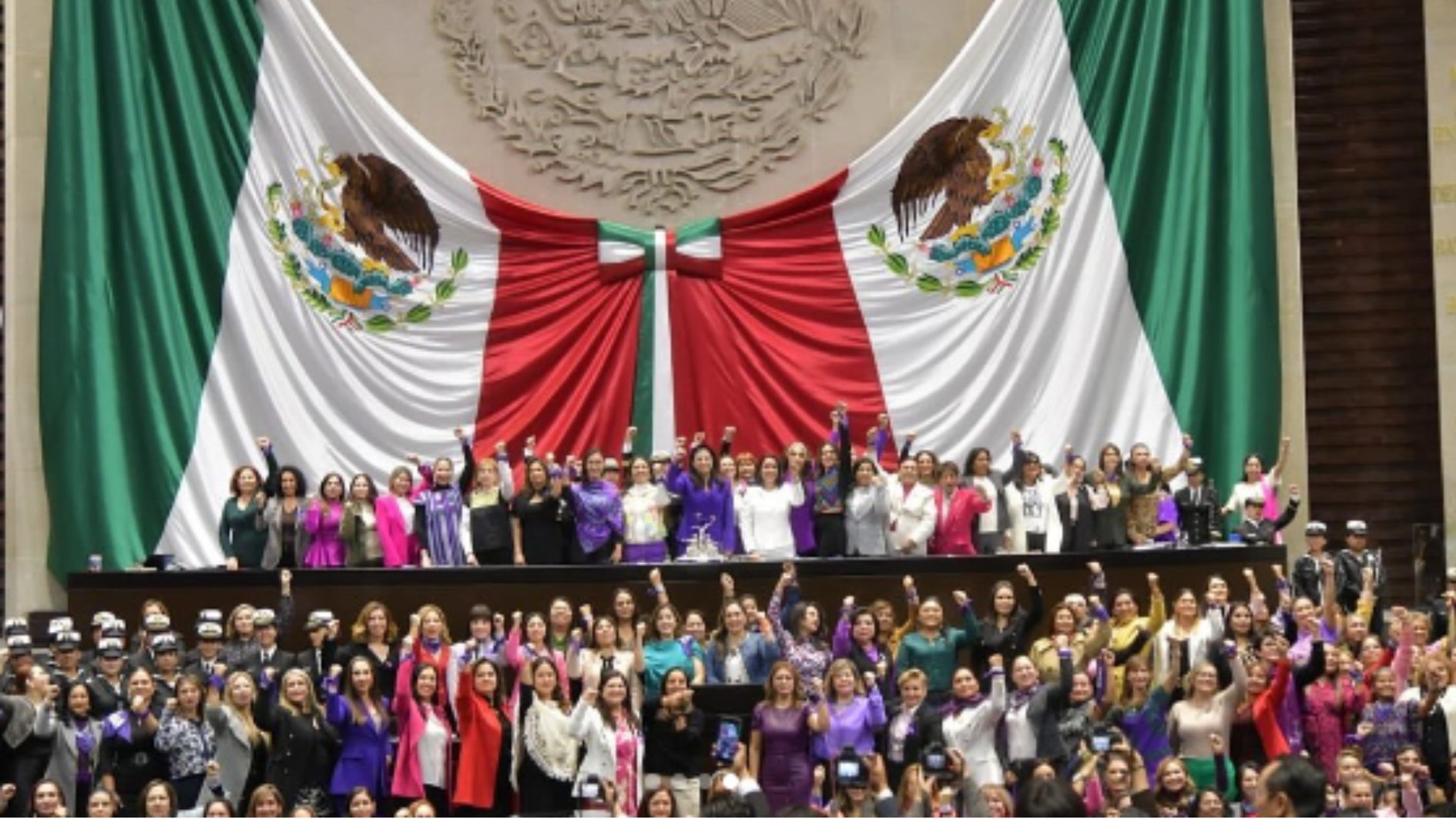
Published 02/10/2024 19:05 | Edited 02/10/2024 19:38
The election and inauguration of Claudia Scheinbaum, Mexico’s first female president, highlighted a success story in building gender parity in politics. In the country, half of the parliamentarians, both in the Chamber and in the Senate, are women. Almost 30 years ago, the rate did not reach 20%.
Even so, the percentage was already much higher than in Brazil — in the same period of time, participation here went from 5% to 18% in the Chamber and to 12% in the Senate.
This performance means that the Mexican parliament has the best proportional results among the G20 countries, with 50% of women in the national legislative houses. Considering this same group of countries, Brazil is second to last, with 14.81%, second only to Japan, 9.68%, according to the UN list.
If the universe of comparison is expanded, among 193 countries, Brazil occupies 135th place, while Mexico comes in fourth, according to the Inter-Parliamentary Union.
Also read: Claudia Sheinbaum takes office in Mexico and says it’s time for transformation and women
The advanced position of Mexican women results from a robust policy of gender parity in elections, established by law that came into force in 2018 and which states that candidates must be half for each gender.
Furthermore, the country uses the closed list system for parliament, whereby voters vote for parties that, in turn, choose the order of candidates. And here comes another important change: the list must provide for vertical parity, interspersing women and men, and horizontal, in order to include all available positions and states.
In the case of Brazil, the law establishes a minimum percentage of 30% and a maximum of 70% of candidates of each gender and the use of at least 30% of the electoral fund with female candidates.
Apprenticeship
On the occasion of Cláudia Scheinbaum’s inauguration, Brazil’s Minister of Women, Cida Gonçalves, also made up Lula’s entourage to Mexico. Together with the first lady, Janja da Silva, she met with the country’s senators and deputies this week.
“We discussed the Mexican experience in building gender parity in politics, which has as its main results the electoral reform of 2014 and the constitutional reform of 2019, the result of intense social and political mobilization,” said Cida on social media.
Janja, in turn, declared that “we have been saying a lot that quotas are no longer enough, we actually want seats. We want equity. We know how difficult this will be and that’s why I asked for this meeting here today, so we could talk a little and also understand what the process was that Mexico followed to get to this moment.”
According to the first lady, upon learning of the percentage of women parliamentarians in Mexico, Lula was positively impacted.
Also read: The number of women candidates is barely increasing; they are 34% of the total
After meeting with the new president, Lula said: “I hope that, with her way of doing politics, she can contribute to making women around the world realize that it is time for women, who are the majority in every country in the world, to , definitively assume that politics is a woman’s thing.”
During her inauguration, this Tuesday (1st), Cláudia gave a speech with several references to female empowerment and participation in politics and other areas of activity and recognizing the role of women in daily life and in the construction of the country.
She highlighted that “after 200 years of Republic and 300 years of colony — because before that we do not have clear records —, that is, after at least 503 years, for the first time women begin to lead the destinies of our nation. And I say that ‘we arrived’ because I didn’t arrive alone, we all arrived.” The president highlighted that on June 2, when she was elected, “the people of Mexico, in a democratic and peaceful way, said out loud that it is time for transformation and it is time for women”.
Source: vermelho.org.br

